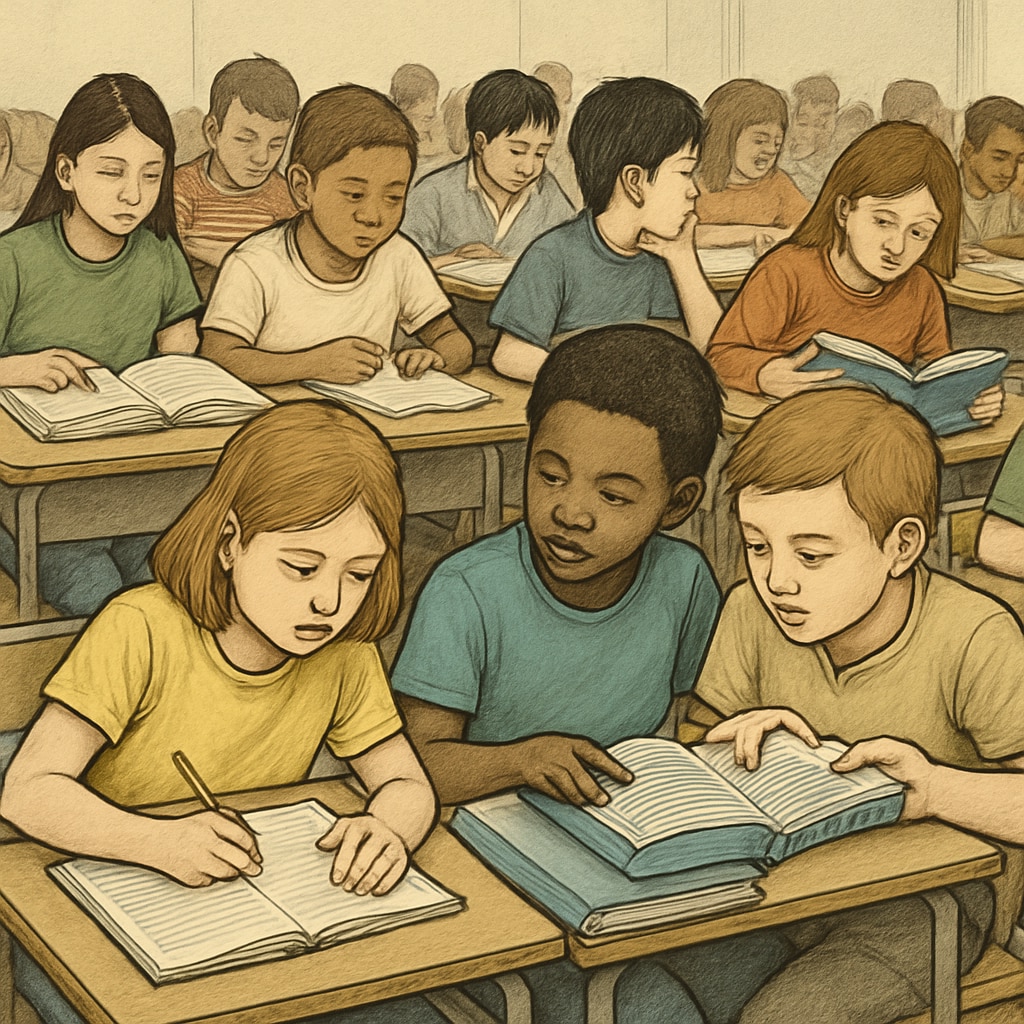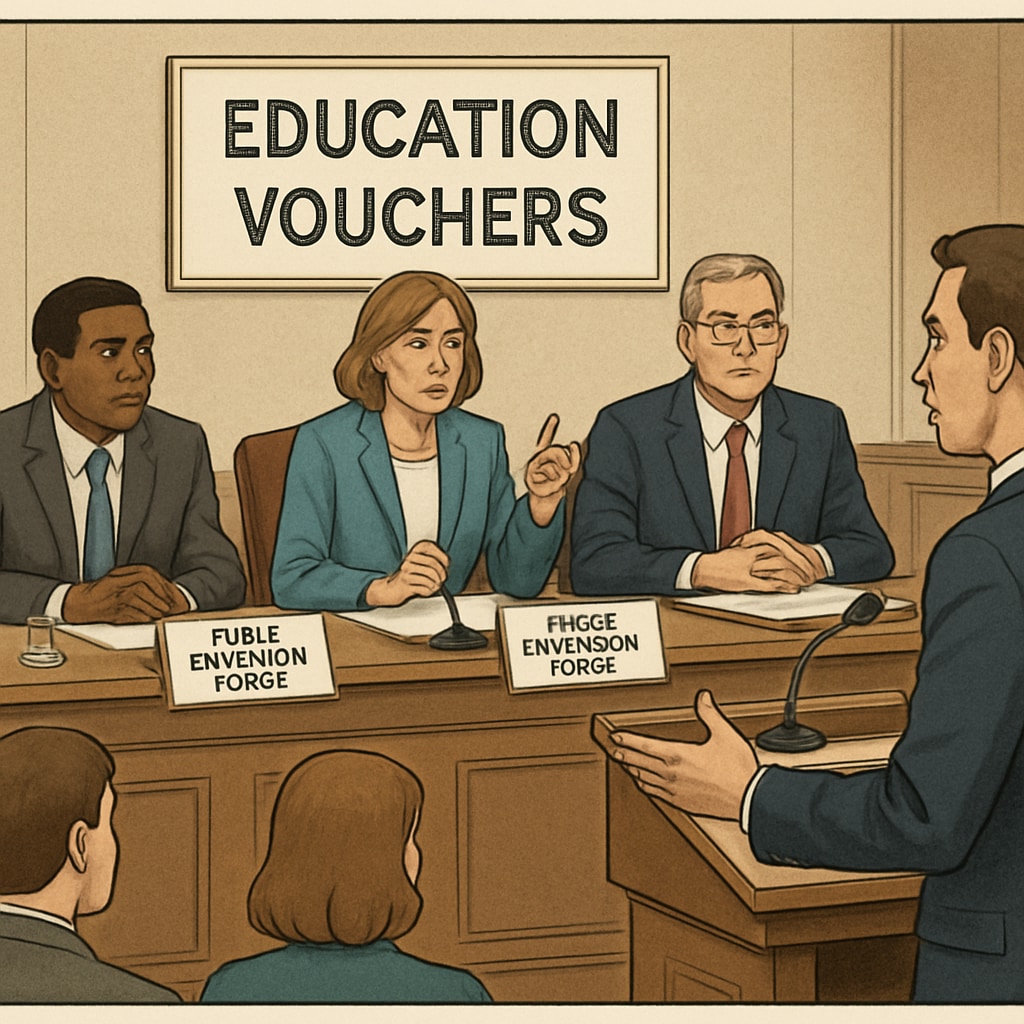Stand For Children has emerged as a key player in the covert movement to privatize public education funding, a strategy that is quietly reshaping the landscape of American education. By advocating for legislative changes that funnel public resources into private institutions, organizations like Stand For Children threaten the very foundation of public schools, leading to diminished resources and compromised education quality. This article explores how these organizations operate under the guise of reform and the alarming implications for public education.
The Hidden Agenda Behind “Education Reform”
While Stand For Children presents itself as a champion for public education, its actions suggest otherwise. Through lobbying efforts and legislative proposals, the organization has supported policies that redirect public education funds to charter schools and private institutions. These initiatives often disguise privatization as “school choice” or “education reform,” appealing to parents seeking better opportunities for their children. However, the long-term consequences of such policies include reduced funding for public schools, overcrowded classrooms, and fewer resources for the most vulnerable students.

How Public Education Funds Are Diverted
The mechanism of diverting public education funds often involves complicated financial arrangements and legislative manipulations. For example, states allocate public money to voucher programs, which parents can use to enroll their children in private schools. Similarly, funds intended for public school districts are redirected to charter schools run by private entities. These practices leave public schools struggling to maintain basic operations while private institutions benefit from taxpayer dollars.
According to public school funding data on Wikipedia, public schools rely heavily on local and state funding to operate. When these funds are siphoned away, schools are forced to cut programs, lay off teachers, and reduce extracurricular activities, all of which directly impact students’ learning experience.

The Impact on Public School Students
As a result of these policies, public schools face declining enrollment and eroding community trust. Students in underfunded public schools often lack access to adequate facilities, experienced teachers, and essential learning materials. This creates a disparity between students attending well-funded private schools and those relying on struggling public institutions, deepening the educational inequality in the United States.
Furthermore, the shift in funding has wider implications for society. Public schools are vital community hubs that contribute to social cohesion and equal opportunity. Their decline not only affects education but also undermines community stability and economic mobility. In addition, organizations like Stand For Children prioritize profit-driven motives over the public good, exacerbating the issue.
What Can Be Done?
Addressing the privatization of public education funds requires a multi-pronged approach. First, greater transparency is needed in how education funding is allocated and used. Parents, educators, and policymakers must advocate for accountability in legislative processes to ensure that public funds serve their intended purpose. Second, public awareness campaigns can highlight the risks of privatization disguised as reform, empowering communities to resist harmful policies. Finally, investing in public schools—rather than diverting resources to private interests—should be the priority for ensuring equitable education for all students.
Explore more about the principles of public education on Britannica for insights into why sustaining public schools is crucial for societal progress.
Organizations like Stand For Children have positioned themselves as advocates for change, but their actions often contradict their stated mission. It is critical to recognize the hidden dangers of privatization and work collectively to preserve the integrity of public education.
Readability guidance: This article uses concise paragraphs, lists where necessary, and maintains a balance between active and passive voice. It incorporates transitional phrases to ensure smooth reading while providing actionable insights.


